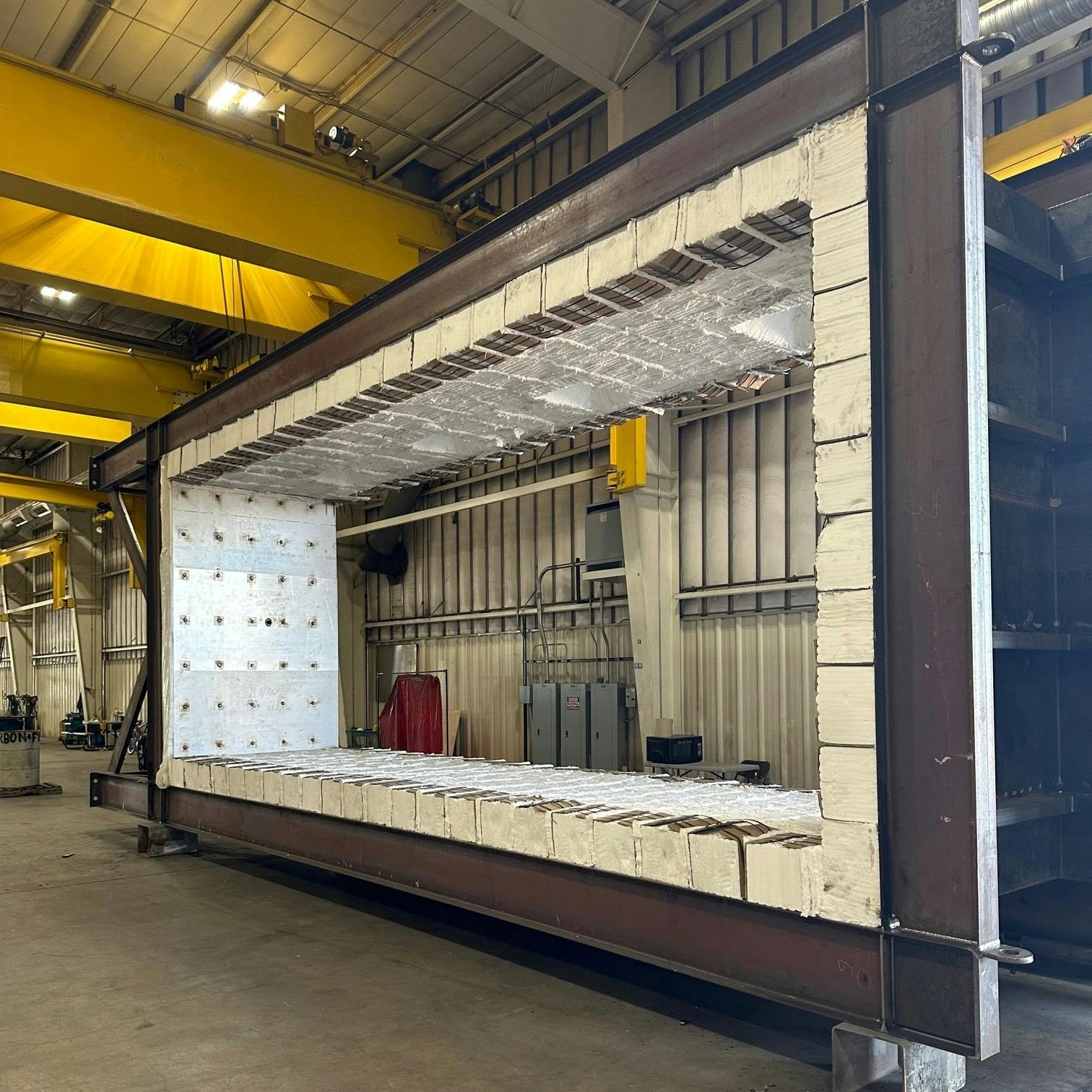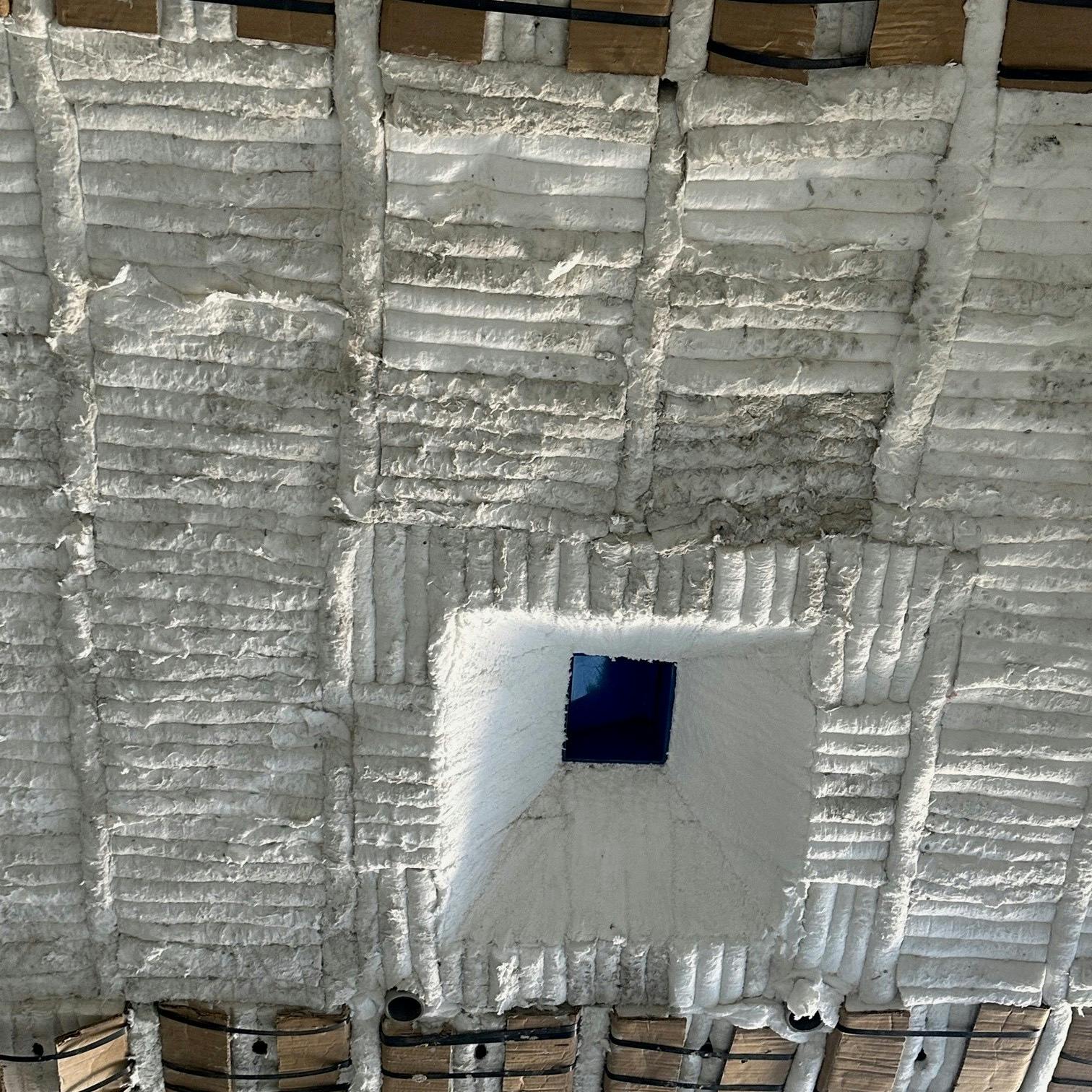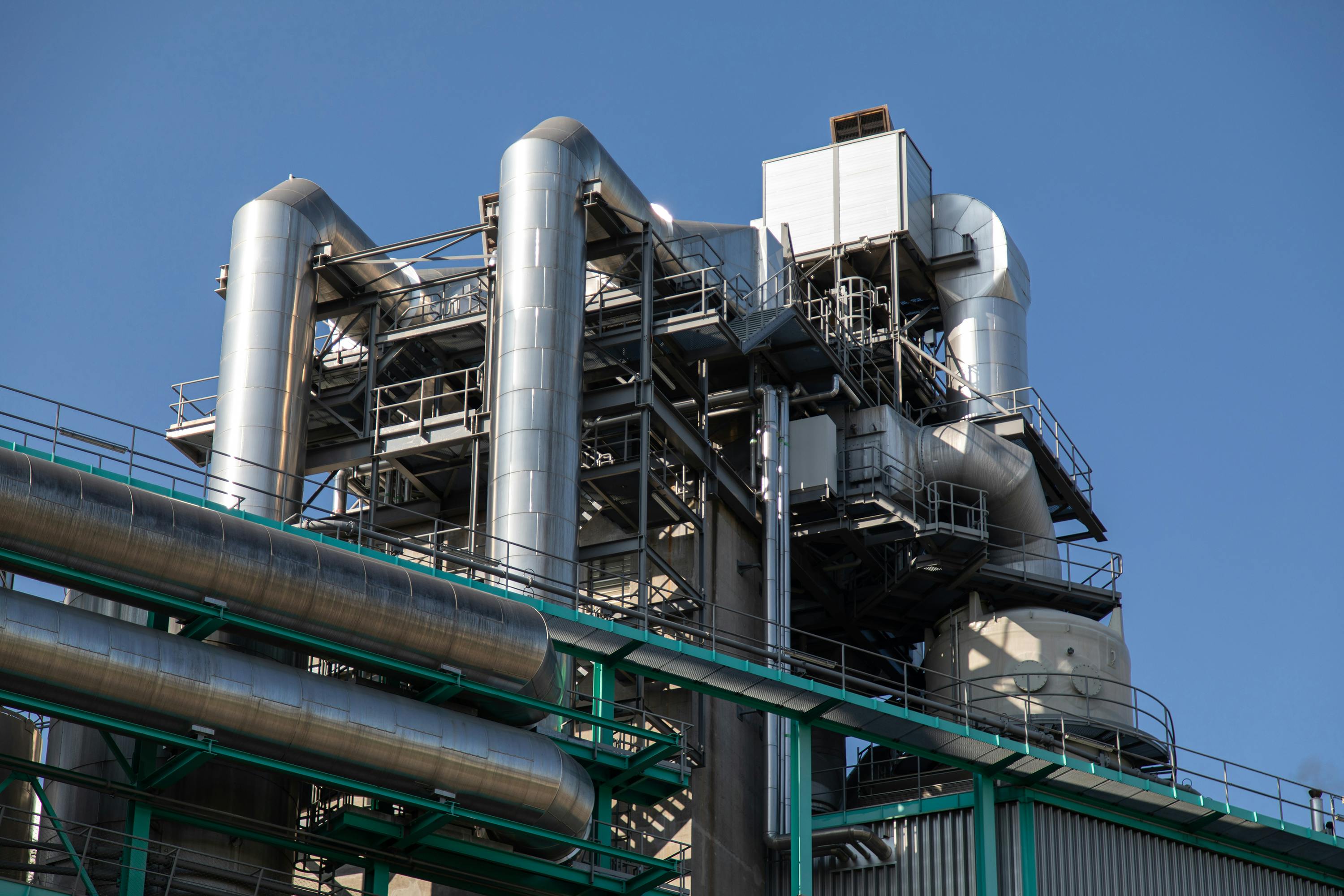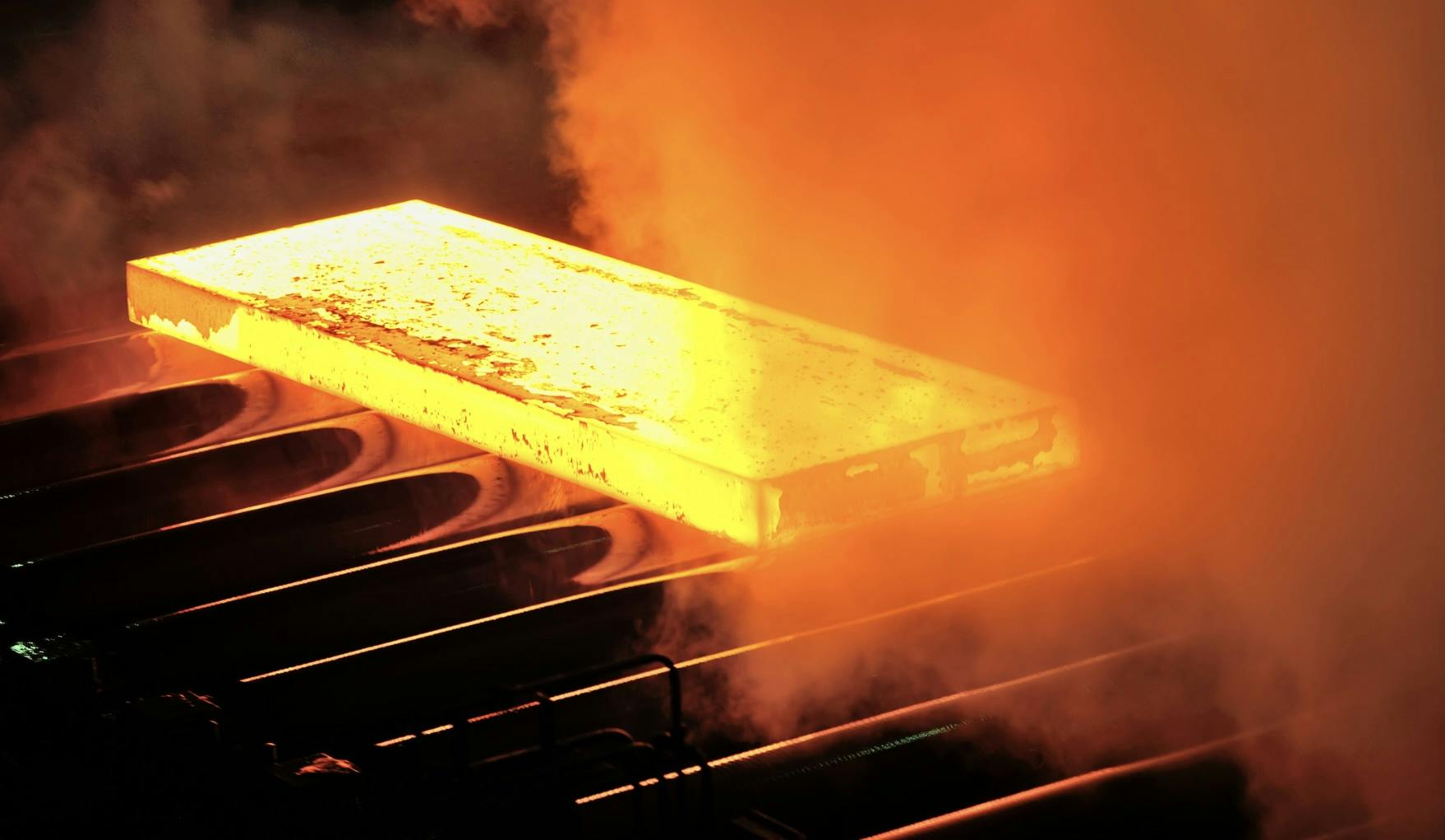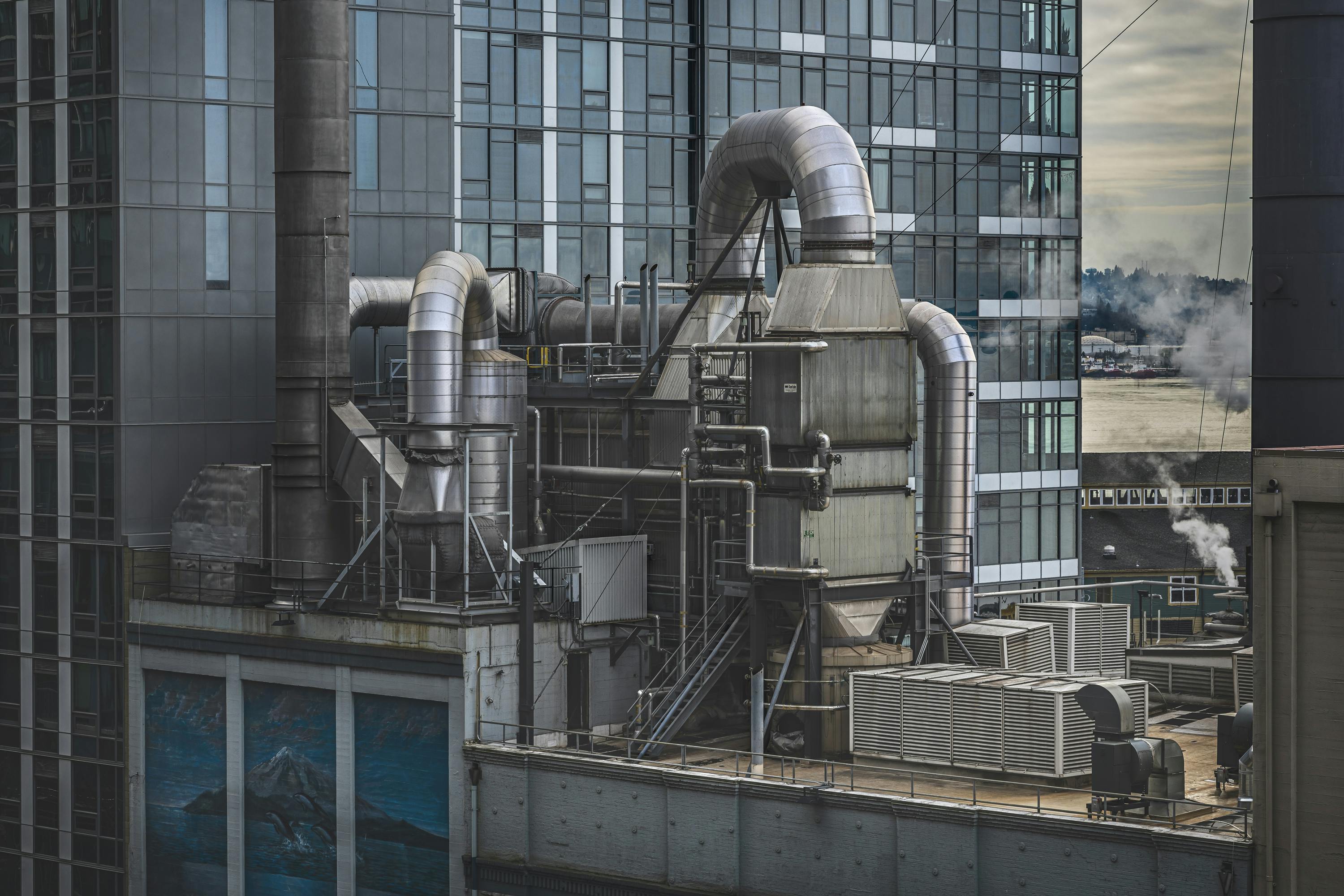The Challenge
Since cogeneration uses a natural gas fired turbine as the initial step to generate electricity, internal air velocities inside the system are very high. These velocities are typically above the velocity ratings for high-temperature fiber insulation systems. The most common type of refractory system employed is a stainless steel hot face cladding that will withstand the internal wind velocity, backed up by high-temperature ceramic or soluble fiber blankets.
Downstream from the gas turbine, additional heat is often added to the air stream to increase the temperature of the exhaust gas which is being sent to the steam turbine. In these duct sections, the temperatures are often too high for stainless steel cladding, and a refractory system that can withstand the application temperature and internal velocity of the ducting is required.
Critical requirements that owners/operators of cogeneration systems have for fiber-based lining systems are:
Thermal Shock Resistance
• Because of the cyclic nature of their operation, cogeneration plants require an insulation system that is immune to thermal shock. Many traditional refractories (bricks or castables) are not suitable for this application, given the frequent thermal cycling and resultant potential thermal shock for the refractory system.
Internal Air Velocity Resistance
• Internal air velocities can be very high, especially once additional heat is introduced into the air stream. The refractory system must be able to withstand the operating velocities without degrading over time.
System Weight
• Cogeneration ducting is most often produced and insulated at the location of a steel fabricator and then shipped to the end user in completed sections. Using a fiber-based system provides the lightest weight option for shop installation and subsequent erection in the field.

